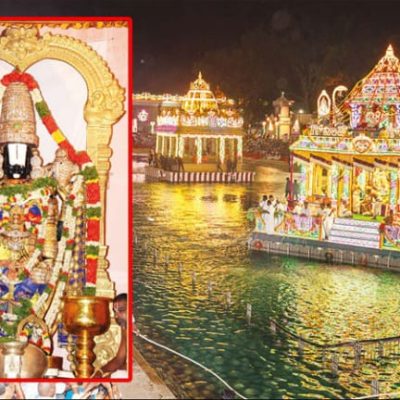Kirtipur Bagh Bhairab Temple – Nepal

Address
Kirtipur Bagh Bhairab Temple – Nepal
Kirtipur,
Nepal 44618
Moolavar
Bagh Bhairab
Introduction
Bagh Bhairab Temple is a historic temple dedicated to Bagh Bhairab, an incarnation of Shiva as a tiger. It is located in Kirtipur, Bagmati Province, Nepal and dates back to the 16th century. The residents of Kiritpur believe that Bagh Bhairab protects the town. Bagh Bhairab Temple features the swords used by King of Gorkha (later King of Nepal) Prithvi Narayan Shah‘s army during the Battle of Kirtipur.
Puranic Significance
The story of the origin of the Bagh Bhairav, as believed by the people is inordinate and it goes accordingly: “The shepherd’s children were grazing their sheeps in the forest that lies on the northern slope of Kirtipur, as usual they used to be engaged in the play of molding the clay in different forms. One day they made a tiger and in search of a leaf that resembles a tongue in shape, they headed inside the jungle. It so happened that Lord Shiva, after a long walk with his son Ganesh, stopped near the clay tiger. While Ganesh wandered off into the think forest, Shiva grew hungry and as time passed further he gave into the temptation. Through mystical powers he merged his soul and body into the clay tiger which then came to life and devoured the sheeps. Seeing splattered blood and scattered bones upon their return, the shepherds searched for clues. Close inspection of the tiger revealed blood inside its mouth. When the children asked the clay tiger if he had actually devoured all the sheeps, it opened its mouth wide. Angered by the loss of their sheeps, the tiger was never given a tongue. Hence, all images and statues of Bagh Bhairav are missing tongues. Legend has it that the form of deity still desires a tongue.” Bagh Bhairav temple, one of the oldest shrines in Kirtipur is known for the guardian deity, Bhairav in form of a tiger. The main statue and icon is composed of clay with a large silver mask with depiction of Bhairav
Special Features
The main temple building is a three-tiered pagoda with a hollow brick core. The ground floor is shielded by a wrap-around roof supported on slender wooden pillars, forming a continuous colonnade. Set within the colonnade on the southwest side is an open-air hi pha dyah (sacrificial altar) crowned with wooden and stone toranas. Two standing statues of Hanuman flank the altar.
The main entrance is directly to the right of the altar and is guarded by two metal lions. This door, which is normally closed, is one of two entrances to the temple, the other located at the center of the north facade. Toranas surmount both, but the one on the south side is difficult to see as it is obscured by a folding metal gate of modern origin. The middle level of the temple (above the ground floor) is an artistic masterpiece, girdled by a screened balcony with the supporting struts carved on the likeness of dozens of gods and goddesses, thirty-two in all. Most of these woodcarvings are original and are fortunately high enough from the ground to have escaped theft. The balconies were added as part of a 1654 renovation.
The final level is similar to the middle but is proportionally smaller with fewer decorative struts. The roof is sheathed in gilt copper plating and topped by an ornamental canopy flanked by five pinnacles (gajuras) on each side. A long pataka strip is hung suspended from the topmost tier to just below the first roof level.









Century/Period
16th century
Managed By
Department of Archaeology (DOA)
Nearest Bus Station
Kirtipur
Nearest Railway Station
Nagarnabi Station
Nearest Airport
Kathmandu (KTM)





